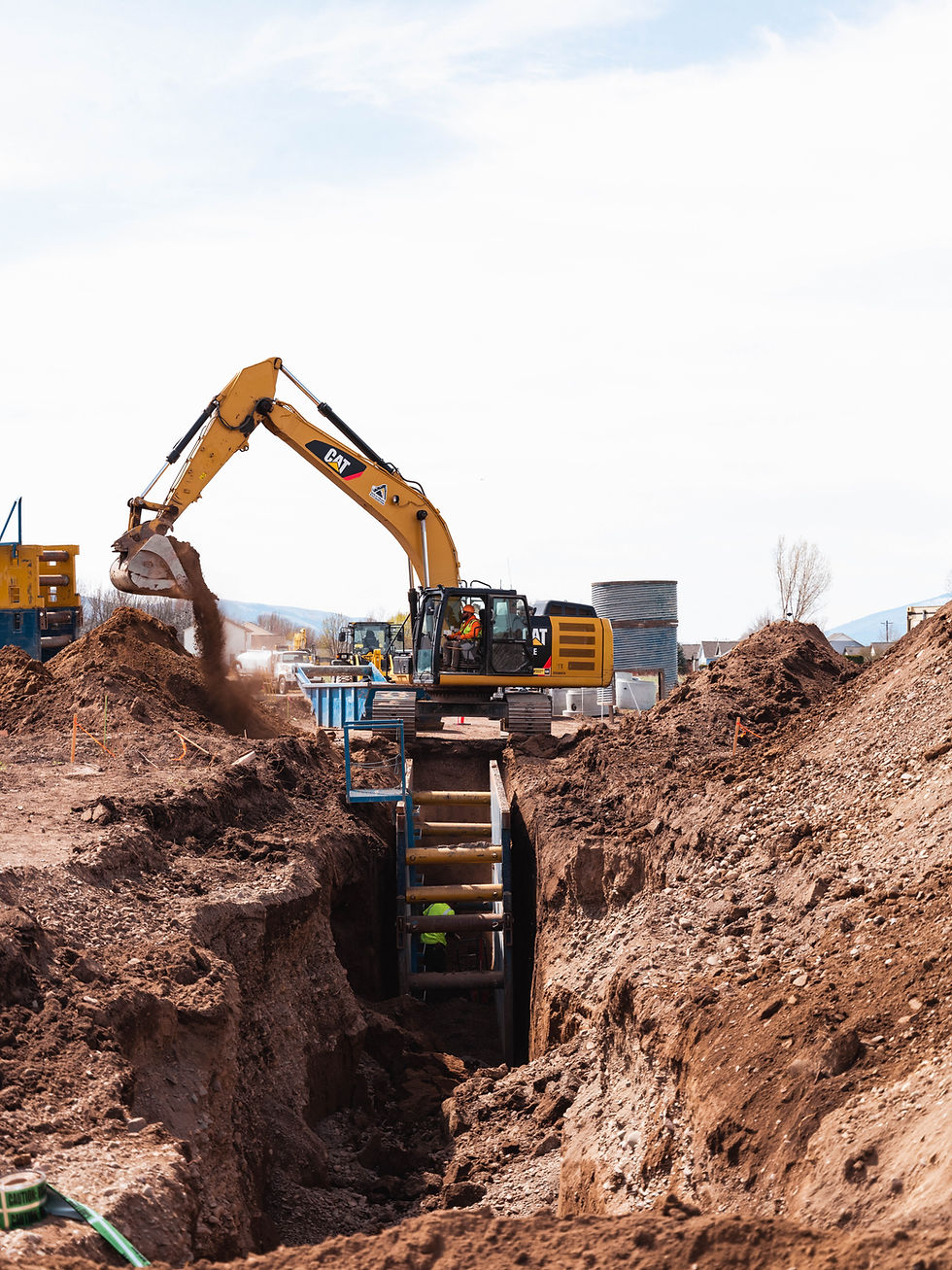Why Water Infrastructure Needs Investors: Securing the Future of a Vital Resource
- Everfilt® Admin
- Sep 10, 2024
- 3 min read

Water is essential to life. Yet, much of the infrastructure that provides clean, safe water to homes, businesses, and industries is aging and in dire need of investment. As the water demand continues to grow, driven by population growth, climate change, and economic expansion, the importance of modern, efficient water infrastructure has never been clearer. For this reason, investors play a crucial role in ensuring the sustainability of this critical resource. Here’s why investing in water infrastructure is necessary and a valuable opportunity.
1. Aging Infrastructure & the Need for Modernization
Much of the water infrastructure in developed countries is decades old, with some systems dating back more than 100 years. Pipes, treatment facilities, and reservoirs have reached or exceeded their intended lifespan. This aging infrastructure leads to inefficiencies, water loss, and, in extreme cases, failures that can disrupt water supply to entire regions.
Investment in upgrading and modernizing this infrastructure is crucial. Repairing or replacing old systems requires significant capital, which governments and local authorities often cannot provide on their own. This creates an opportunity for private investors to step in and help fund the much-needed improvements.
2. Addressing Water Scarcity & Climate Change
Water scarcity is becoming an increasingly global concern, affecting both developing and developed nations. Climate change exacerbates this issue through erratic weather patterns, droughts, and the depletion of freshwater sources. Investing in water infrastructure enables the development of technologies and systems that improve water efficiency, reduce waste, and help communities adapt to the changing environment.
Private capital can accelerate the implementation of these technologies, including smart water management systems, desalination plants, and advanced water recycling. Such innovations can make water use more sustainable and less vulnerable to the impacts of climate change.
3. Economic Growth & Job Creation
Investing in water infrastructure stimulates economic growth. Building and maintaining water systems creates jobs, supports industries, and boosts local economies. According to the U.S. Environmental Protection Agency (EPA), every $1 billion invested in water infrastructure creates an estimated 15,000 jobs. These investments are not only beneficial to the environment but also to the workforce.
Additionally, modern and reliable water systems attract businesses and industries that rely heavily on water, such as agriculture, manufacturing, and energy production. A robust water infrastructure is a key factor for economic development, making investment in this sector highly strategic for long-term growth.
4. Public Health & Safety
Access to clean, potable water is a public health necessity. Outdated or poorly maintained water infrastructure can lead to contamination, posing serious health risks to populations. The Flint, Michigan water crisis is a well-known example of how failing infrastructure can have devastating effects on public health.
Investors in water infrastructure can play a pivotal role in preventing such crises. By financing the maintenance and upgrading of water treatment facilities and distribution networks, they help ensure that communities have access to safe drinking water, protecting public health and reducing the risk of waterborne diseases.
5. Financial Returns & Long-Term Stability
Water is an essential service, and the demand for it is constant. This makes water infrastructure a stable and attractive long-term investment. As governments seek to bridge funding gaps through public-private partnerships (PPPs), investors can find opportunities for steady, reliable returns while contributing to the resilience of critical infrastructure.
Furthermore, water infrastructure investments are often backed by municipal or government guarantees, reducing the risk for private investors. With the growing global awareness of water scarcity and sustainability, investors in water projects are poised to benefit from both financial returns and positive environmental and social impact.
6. Supporting Sustainable Development Goals
The United Nations' Sustainable Development Goals (SDGs) highlight the need for clean water and sanitation for all by 2030 (SDG 6). Achieving this goal requires substantial investment in water infrastructure, particularly in developing countries, where access to safe water is still limited. By directing capital toward these projects, investors can help bridge the gap between current needs and future demands, supporting global efforts to ensure water security and sanitation for all.
Water infrastructure investment is critical for addressing the challenges of aging systems, water scarcity, climate change, and economic growth. Private investors play a crucial role in ensuring that communities around the world have access to safe, reliable, and sustainable water systems. Not only does this investment offer financial returns, but it also supports public health, economic development, and environmental sustainability.
As the world faces increasing water challenges, now is the time for investors to recognize the importance of water infrastructure and seize the opportunity to make a meaningful, lasting impact.




Comments